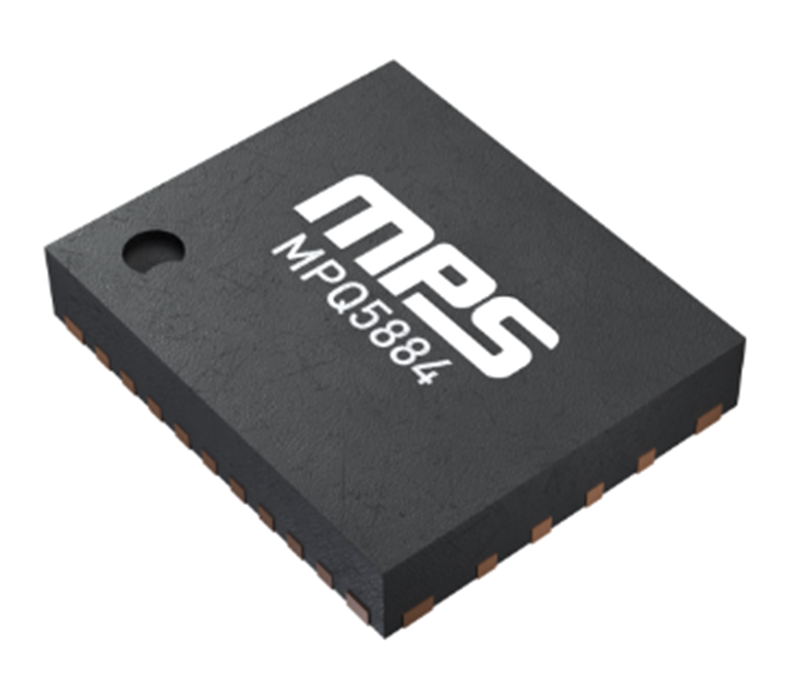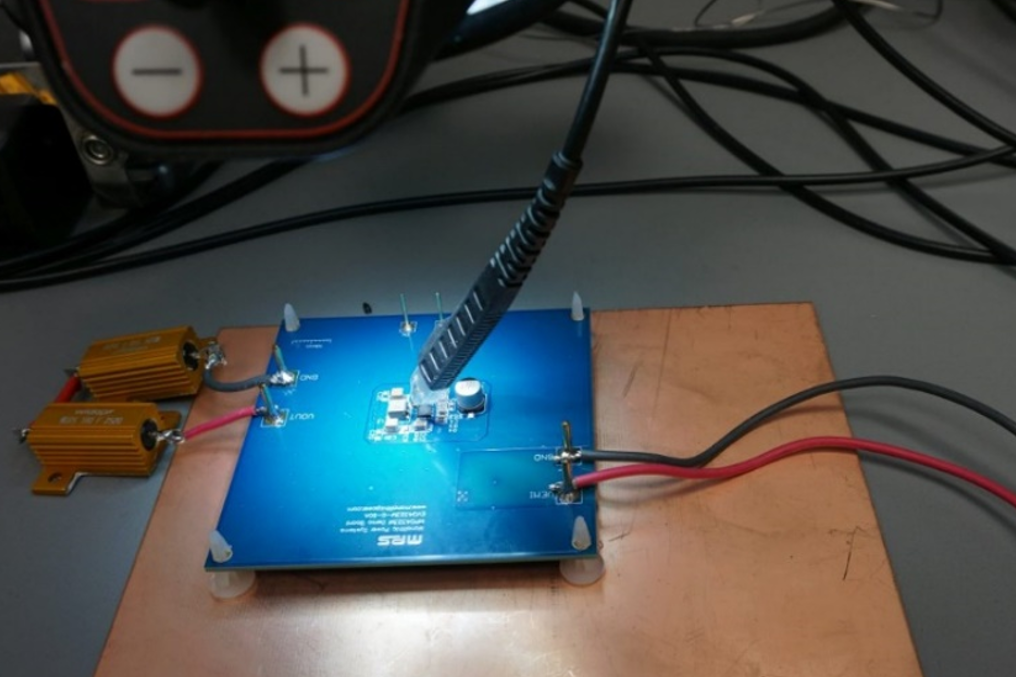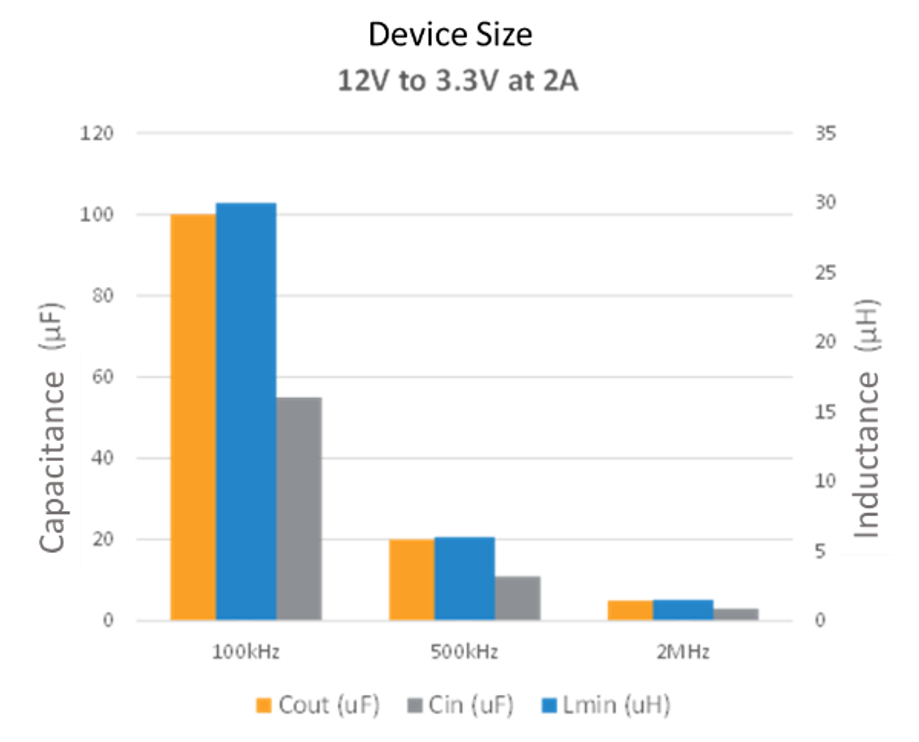The intricate symphonies of electronics, physics, and mechanics are modern vehicles. The management of thermal outputs and electromagnetic compatibility involves elements of both artistic expression and scientific methodology. Through the examination of case studies and real-world applications, a collection of insights can be gleaned, offering the potential to anticipate trends that may shape the future of automotive engineering.
Analysis of Successful Strategies
Proactive Design Philosophy: From the earliest stages of design, the most successful companies incorporate thermal and EMC considerations to fix problems rather than retroactively doing it. By adopting this approach, not only are redesign costs minimized, but it also guarantees enhanced overall performance.
Integrated Systems Approach: Inefficiencies and challenges can arise from the segregation of departments. Ensuring the integration of design and testing processes enables companies to optimize all systems for each other, thus minimizing unforeseen challenges.
Continuous Monitoring and Feedback: The incorporation of real-time sensors has fundamentally altered the paradigm of continual monitoring and adaptation to both thermal and electromagnetic conditions. While decreasing the risk of failures, the performance elevation is enabled by this dynamic management system.
Leveraging Advanced Materials: The selection of the right materials from thermally conductive materials to shielded cables can largely influence system performance. Reaping the benefits of enhanced efficiency and longevity, companies that invested in cutting-edge materials often found success.
Future Trends and Areas for Innovation
Machine Learning and Predictive Analysis: The emergence of increasingly intelligent systems could empower future vehicles to forecast and adjust to potential EMC and thermal challenges in real-time, leveraging insights gleaned from a wide array of data sources.
Nanotechnology in Thermal Management: With their high surface area and unique properties, the potential use of nanomaterials could increase heat dissipation and redefine conventional cooling methods.
Wireless Energy Transfer and its EMC Challenges: The electromagnetic fields involved will introduce new EMC challenges that will necessitate innovative solutions as electric vehicles move toward wireless charging.
Integration of Renewable Energy Sources: As solar panels and other renewable energy sources may generate or retain heat differently from conventional systems, their use in vehicles presents a new set of thermal management requirements.
Adaptive and Reconfigurable Hardware Systems: To ensure optimal performance across a wide range of conditions, future electronics might be able to reconfigure themselves in response to thermal and EMC challenges.
To conclude, despite the substantial progress made by the automotive industry in tackling the intricate hurdles of thermal and EMC design, the future presents an array of captivating prospects. The next generation of engineers can advance the industry by leveraging lessons from past successes and monitoring emerging trends, resulting in vehicles with unparalleled efficiency, resilience, and reliability.







直接登录
创建新帐号